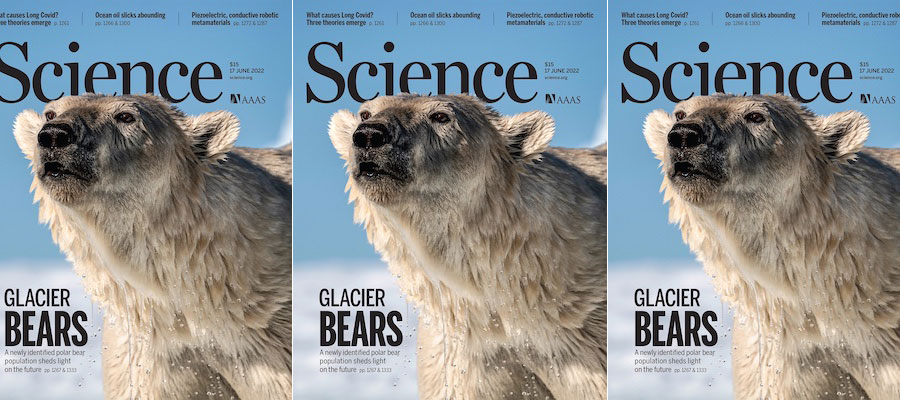Dominik Fleitmann, John Haldon, Raymond S. Bradley, Stephen J. Burns, Hai Cheng, Lawrence Edwards, Christoph C. Raible, Matthew Jacobson, and Albert Matter. "Droughts and societal change: The environmental context for the emergence of Islam in late Antique Arabia." Science, volume 376, issue 6599 (16 June 2022): pp. 1317–1321. DOI: 10.1126/science.abg4044
In Arabia, the first half of the sixth century CE was marked by the demise of Himyar, the dominant power in Arabia until 525 CE. Important social and political changes followed, which promoted the disintegration of the major Arabian polities. Here, we present hydroclimate records from around Southern Arabia, including a new high-resolution stalagmite record from northern Oman. These records clearly indicate unprecedented droughts during the sixth century CE, with the most severe aridity persisting between ~500 and 530 CE. We suggest that such droughts undermined the resilience of Himyar and thereby contributed to the societal changes from which Islam emerged.
